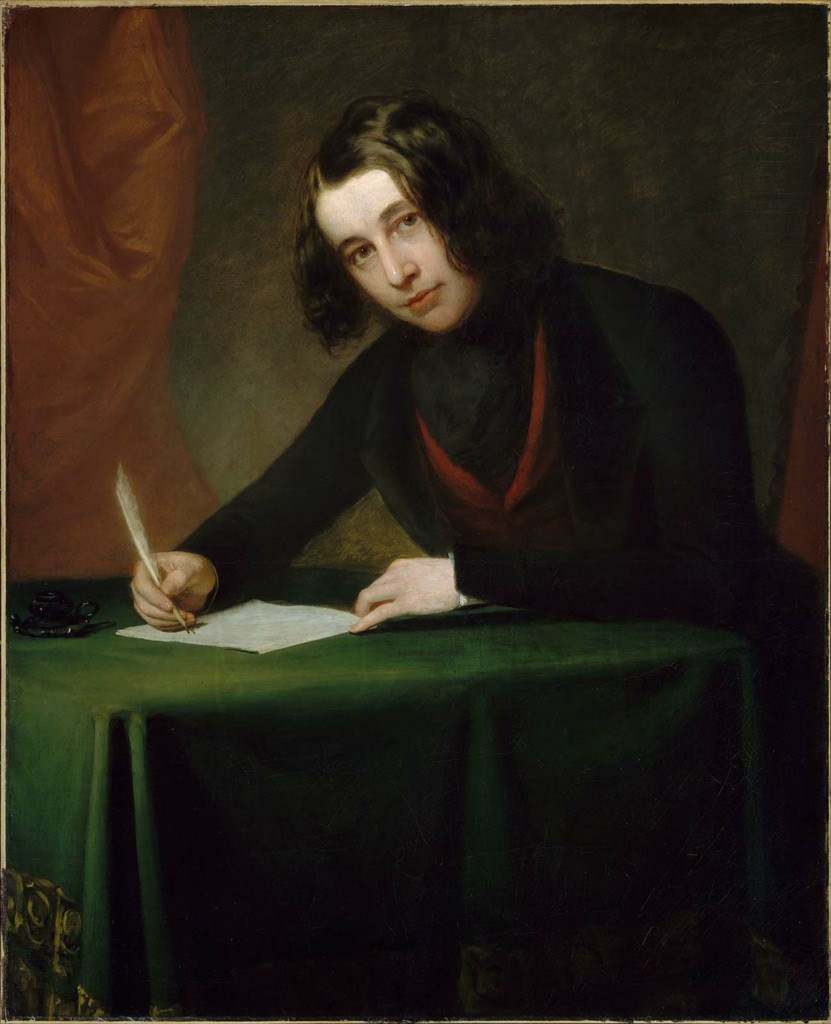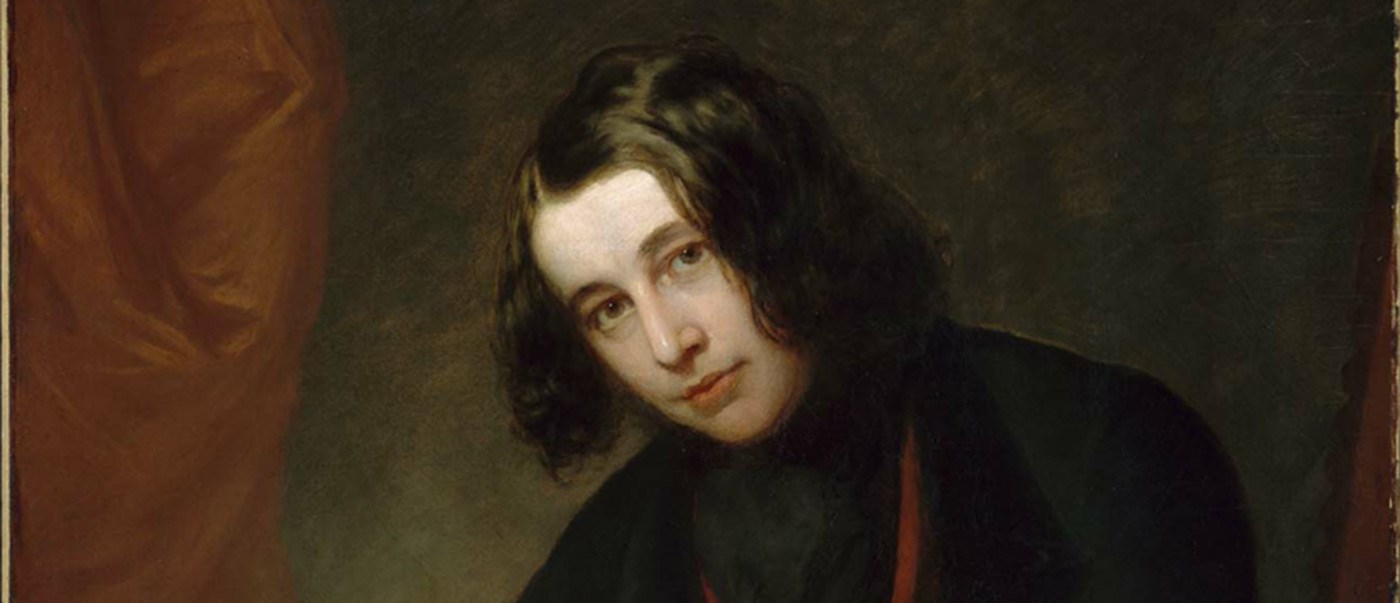 Image by James T. Fields Collection
Image by James T. Fields Collection
A portrait of Charles Dickens painted by Francis Alexander in 1842.
To commemorate Charles Dickens's historic trip to Lowell in 1842, UMass Lowell and its partners developed the Dickens in Lowell Project.
Building on the success of our 2012 bicentenary community events and award-winning public exhibition, we continue to explore Dickens’s life, work, and travels in America and connection to our city through digital projects, continued programming, and new research.
Virtual Exhibit
Did you miss our landmark exhibition? Saw it but want to view it again? Now you can in this on-line version of our landmark Dickens and Massachusetts exhibition, including special appearance by British Actress Miriam Margoyles reading her favorite passage from Dickens.

